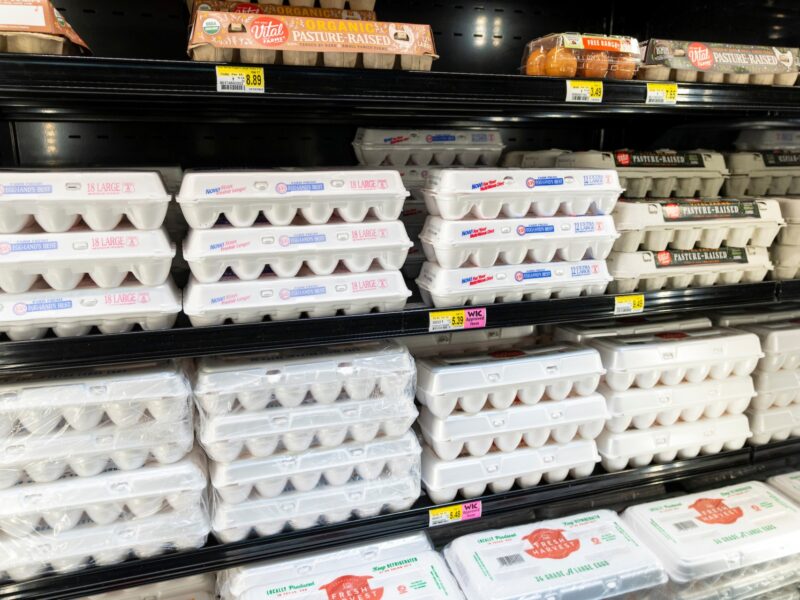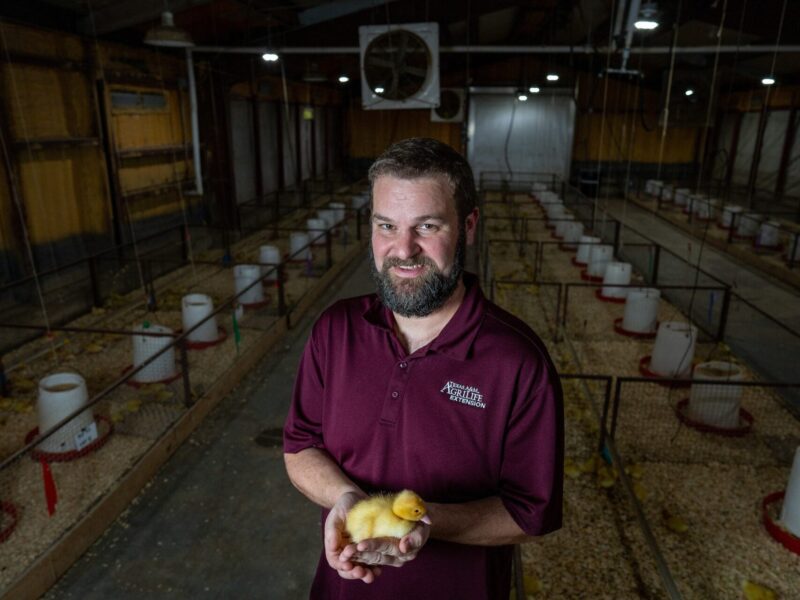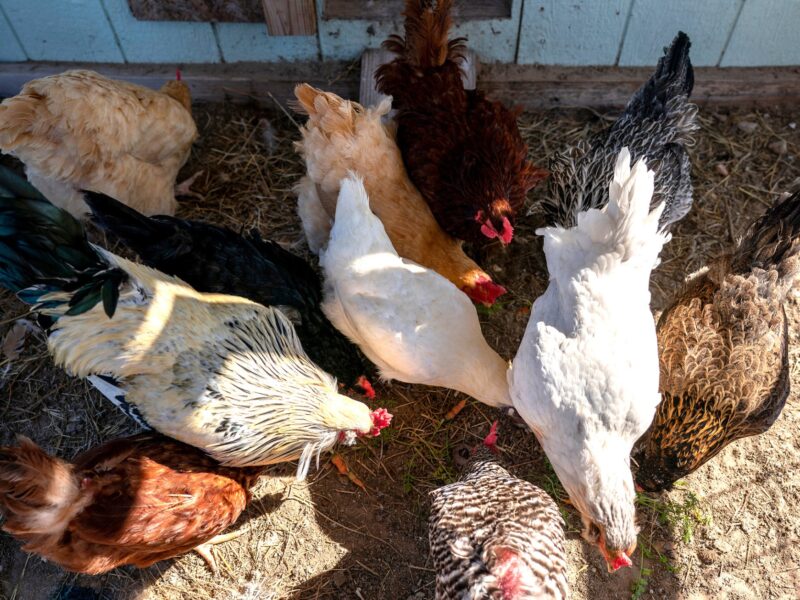The Best Eggs For Dyeing And Eating
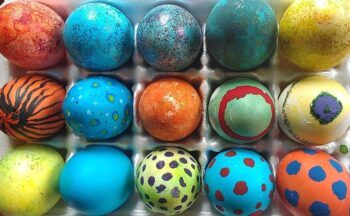
Hard-boiled eggs headed to the dinner table this Easter may not be the best eggs to dye for décor and Easter egg hunts, according to a Texas A&M AgriLife Extension Service poultry specialist.
With egg prices rising ahead of the Easter holiday, keeping purpose in mind when looking at sizes and grades can help you get the most out of the extra carton or two purchased.
Best Eggs For Dyeing
The eggs you dye for Easter should ideally be medium-sized or smaller, said Dr. Greg Archer, AgriLife Extension poultry specialist and associate professor in the Texas A&M Department of Poultry Science, Bryan-College Station.
The smaller the egg the more cuticle it has, which means the more uniformly it will dye, he said. The cuticle is an invisible layer deposited on the outside of an egg that fills the gas exchange pores and helps keep bacteria from entering the egg.
“The jumbo and extra-large eggs have less cuticle, which means they won’t receive the dye as uniformly and be as nice looking as smaller eggs,” Archer said. “You’ll get a prettier dye job with fewer splotches of darker and uneven color if you use small eggs.”
Eggs For Hard-Boiling
On the other hand, he said the eggs you want to hard-boil to eat or use for deviled eggs or egg salad are typically better larger. The larger the egg, the easier it will be to peel because of the thinner cuticle.
Regardless of the size of egg you dye, you can safely eat them after they have been used for an egg hunt or as dining table décor — if proper safety practices have been observed before and after boiling.
A free guide to egg safety can be downloaded on the AgriLife Learn website. The guide also offers do-it-yourself egg dyes if you want to create your own colors without using food coloring or store-bought kits.
Hard-boiled eggs should not be left out for more than one or two hours, and the warmer the temperature the smaller that safety zone. After that period, toss the eggs out. Any cracked or damaged eggs should also be disposed of and not consumed.
When it comes to easier peeling, it is also better to use eggs that have been sitting in your fridge for several weeks rather than a fresh carton you just purchased, Archer said. Once hard-boiled, eggs should be refrigerated and eaten within a week.
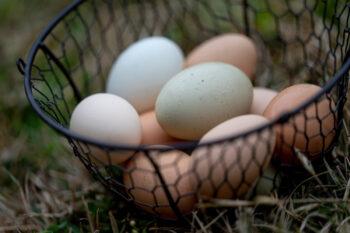
Extra Egg Facts
Archer shared five fun egg facts you can impress family and friends with over Easter:
- If your hard-boiled egg yolk is green or off in color, it is due to the minerals like iron in the water used to boil them. They are safe to eat, and it won’t affect the taste.
- The smaller the egg, the younger the hen. Jumbo eggs come from hens in their golden years.
- White and brown eggs taste the same if the birds are fed the same diet.
- If you prefer the taste of backyard flock or farmers market eggs, it is probably because you are enjoying the taste imparted by the birds’ specific diet, particularly the “bug fat.”
- Colored eggs are typically the product of hybrid crosses of two poultry breeds. Depending on the types of birds crossed, colors can range from blue to pink to orange and even maroon.
This article by Susan Himes originally appeared on AgriLife Today.
